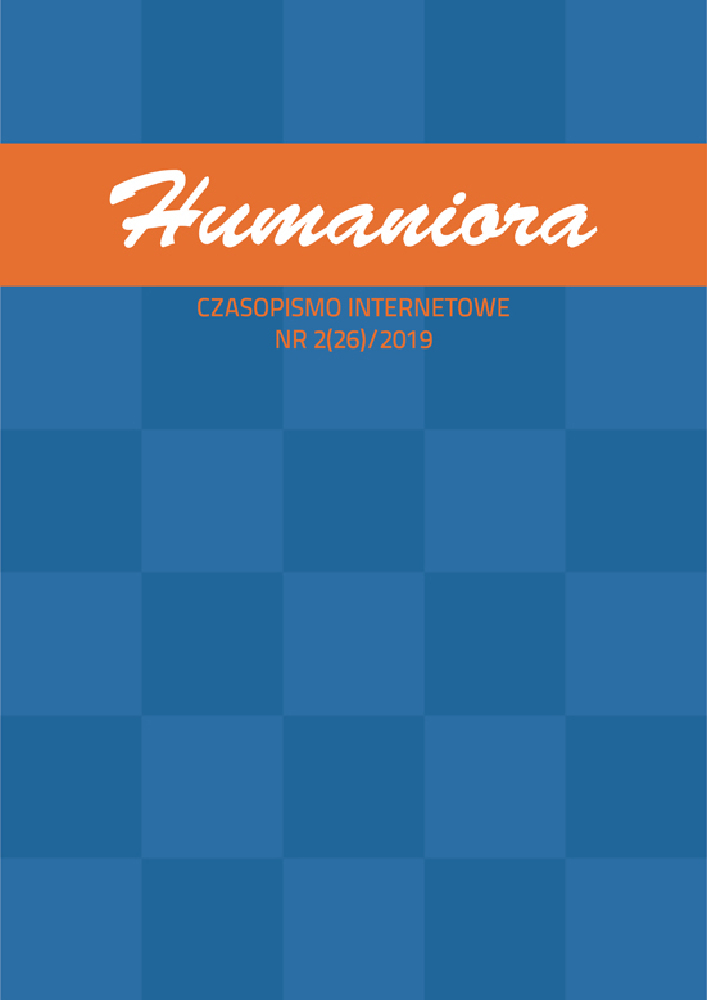Abstrakt
This is the second part of the two-part text based on the works of Martin Hei-
degger, Lewis Mumford and Michel Serres. In the first part I analyzed the foundations or the birth itself (the Thales’ discovery – Serres, the ancient myth of the machine – Mumford) of a certain way of producing truths or conditions for recognizing something as true (the Truth). Here, in the second part, I show the discovery of how this Truth works and its development (the Descartes’ discovery, the modern myth of the machine), and thus a significant increase in the ability to produce truths. Continuing recognition made in the first part that – the figure of the essence of technology can be identified with figure of the Truth in this text and that its essence has been a ge-stell – I indicate martingale (Serres) and the myth of balance (Mumford) as ge-stell counterparts. A practical example on which I test the content of both parts of this text are Witold Kula’s research on old measures (part 1) and those from the SI system (in this part).
Bibliografia
Beaufret J., „Dialog z marksizmem” i „Pytanie o technikę”, „Aletheia” 1 (4)/1990, s. 205.
Brown S. D., Michel Serres: Science, translation and the logic of the parasite, „Theory, Culture & Society” vol. 19, no. 3, 2002.
Chwałczyk F., Miary jako modele pośredniczące między gospodarką a ekonomią, w: T. Kwarciński, A. Wincewicz-Price (red.), Metaekonomia, t. II: Zagadnienia z filozofii makroekonomii, Copernicus Center Press 2019, https://drive.google.com/file/d/1LFTioOV22MHqTdOzHU8BwFBZ_ME6RoXz/view [23.02.19].
Foucault M., Nadzorować i karać, Aletheia, Warszawa 1998.
Kula W., Miary i ludzie, Książka i Wiedza, Warszawa 2004.
Machiavelli N., Książę, Agencja AG-red, Białystok 1993.
Mansuy R., The origins of the word “martingale”, „Electronic Journal for History of Probability and Statistics” 5 (1)/2019.
Mumford L., Mit maszyny, t. 1, Wydawnictwo Naukowe PWN, Warszawa 2012.
Mumford L., Mit maszyny, t. 2: Pentagon władzy, Wydawnictwo Naukowe PWN, Warszawa 2014.
Serres M., Knowledge in the Classical Age: La Fontaine & Descartes, w: idem, Hermes: Literature, Science, Philosophy, The Johns Hopkins University Press, Londyn 1982.
Serres M., Mathematics & Philosophy: What Thales Saw…, w: idem, Hermes: Literature, Science, Philosophy, The Johns Hopkins University Press, Londyn 1982.
Serres M., Platonic dialogue, w: idem, Hermes: Literature, Science, Philosophy, The Johns Hopkins University Press, Londyn 1982.
Sowa J., Koniec przyszłości, „Praktyka Teoretyczna”, http://www.praktykateoretyczna.pl/koniecprzyszlosci/ [24.03.2019].
Swyngedouw E., Apocalypse Now! Fear and Doomsday Pleasures, „Capitalism Nature Socialism” 24 (1)/2013.
Thrift N., Re-inventing invention: new tendencies in capitalist commodification, „Economy and Society” vol. 35, no. 2, May 2006.
https://en.wikipedia.org/wiki/Martingale_%28betting_system%29 [24.03.2019].
https://pl.wikipedia.org/wiki/Martynga%C5%82_%28rachunek_prawdopodobie%C5%84stwa%29#Historia [24.03.2019].
Licencja
Czasopismo oraz wszystkie zamieszczone w nim materiały są powszechnie dostępne i mogą być wykorzystywane do celów naukowych, edukacyjnych, poznawczych i niekomercyjnych bez konieczności uzyskiwania każdorazowej zgody autorów i redakcji. Nadesłanie artykułu do publikacji traktowane jest jako zgoda autora na udostępnienie swojej pracy i informacji w niej zawartych do powyżej wymienionych celów. W takich przypadkach należy jedynie wskazać źródło, z którego zaczerpnięte zostały informacje. Pobieranie opłat za dostęp do materiałów zawartych w czasopiśmie lub ograniczanie do niego dostępu jest zabronione.
Przesyłane do redakcji teksty muszą stanowić oryginalne prace, uprzednio nigdzie niepublikowane ani nie przedkładane innym redakcjom lub wydawcom. Autorzy nadsyłanych artykułów ponoszą odpowiedzialność za uzyskanie zezwoleń na publikowanie materiałów, do których prawa autorskie są w posiadaniu osób trzecich. Publikacja materiałów chronionych prawem autorskim jest możliwa pod warunkiem uprzedniego dostarczenia przez autora do redakcji pisemnej zgody właściciela praw autorskich.





